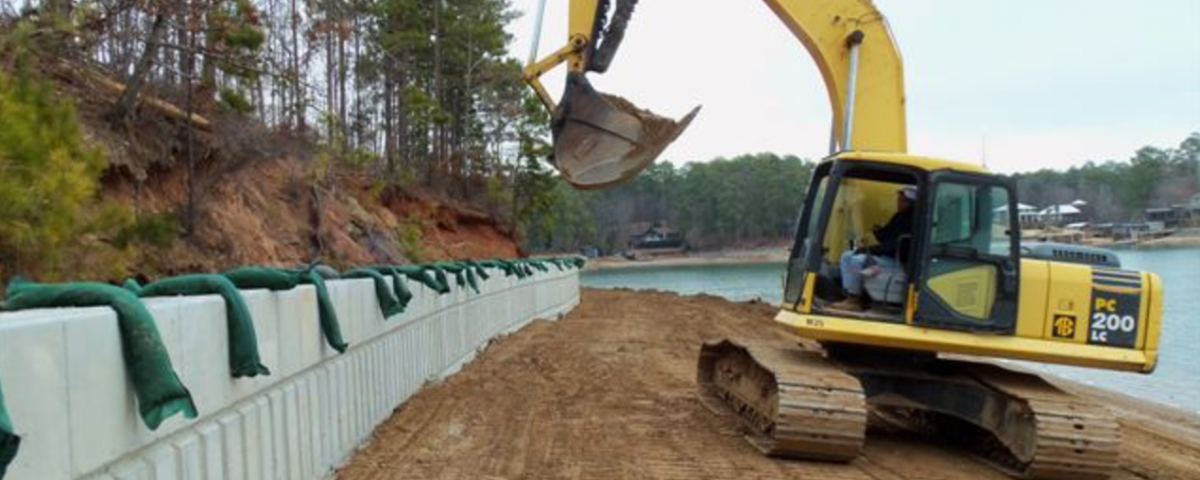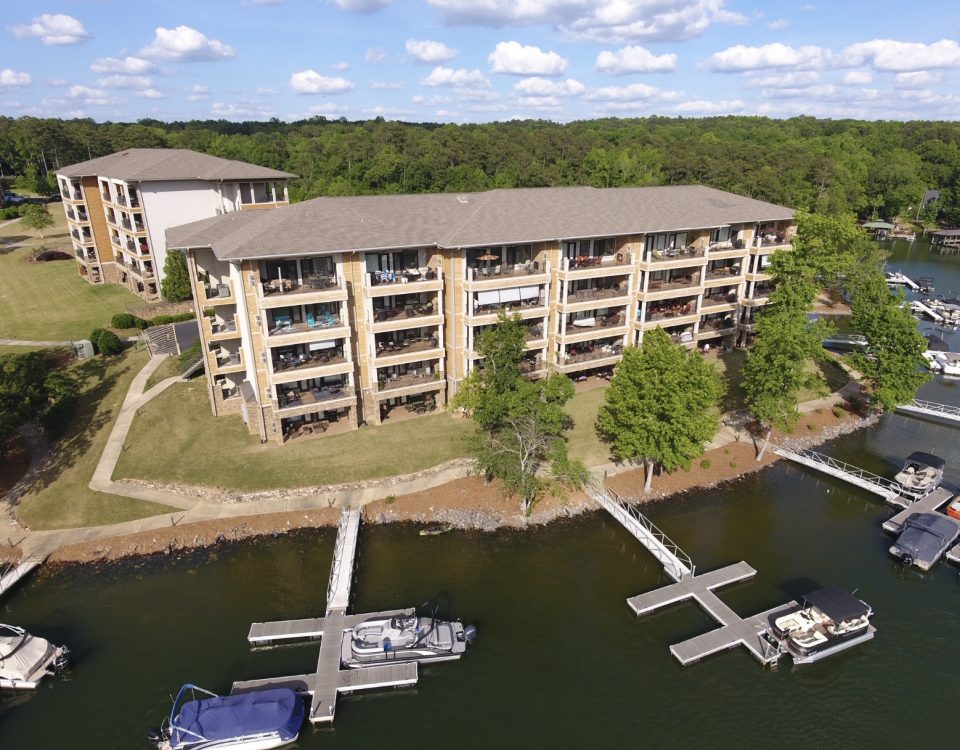Lake Martin Water Levels: A Different Perspective

Interview: StillWaters RA Manager Kevin Eason
June 10, 2016
Why choose Lake Martin?
June 20, 2016Lake Martin Water Levels: A Different Perspective

Photo courtesy of Henderson & Cocker, Inc.
Note from John Coley: “As most will know, I am very happy that Lake Martin was granted a new winter water level of 484’ MSL (483 MD). I have written extensively about my support for this. However, it is interesting to note that a few folks around the lake have a different perspective. One of those is my friend Scott Henderson of Henderson and Coker, Inc., a local construction company. Scott penned this essay below to offer another opinion on the subject. My blog and business might be called “Lake Martin Voice,” – but I don’t claim to be THE ONLY voice of Lake Martin, just A voice. Also, since we are in the middle of a (in my opinion) very nasty national campaign season, I thought this would be a good time to present another view in a calm and rational way. I thank Scott for his thought provoking, candid opinion below.”
Want to hear a different perspective on the new low pool level for Lake Martin?
As you know we install seawalls and sometimes build piers “in the dry”. This seawall season; I looked at replacing several wooden walls as I do every year. As of January 20th when the new licensing went into effect and the water began to rise to the new low level several changes within our operation changed with it. Our normal strategy in completing our work load of seawall is to begin constructing the shorter walls as the lake recedes. As the lake drops to its lowest level we construct the taller walls up to 10 feet tall in the past. Unfortunately for us and a few of our clients; we were unable to build the taller walls this season. The taller wooden walls that we intended to replace were never in the dry. In other words; we couldn’t remove the existing walls nor could we begin the work by digging a footing because those beaches were under water. No big deal, right? My company loses the potential revenue but in reality; that is of no concern other than for the principal owners of my company. The good thing for us is that seawalls are only 10% of our annual sales. There are other concerns, not only for us but for several property owners around the lake. The walls that we were to replace are in terrible shape. The wood has failed over time as any wood does when exposed to extreme temperature swings when out of the water. The lake water itself takes its toll on the wood over time which is apparent in noticing how many piers are replaced on Lake Martin year after year. Piers are not subjected to the hydro static pressure that a wall is subjected to. Rain water swells the soil which pushes against the wood wall weakening the structure. Gravel can be put behind the wall where allowed to reduce the pressure but walls are typically backfilled with material from the lake bed. It is of my opinion that the only materials that will hold up to the pressure is concrete and steel.
With that said; those walls that we were unable to get to will most likely end up in the lake floating aimlessly until coming to rest in some slough with other debris such as driftwood or garbage. Hopefully, the wood from the wall will not end up being a hazard for a boater or skier. There are a few other contractors that install walls and I would think that they have several jobs that they were unable to do.
So what happens with the land that was once protected by the wooden seawall? It is my understand that the lake will only be dropped 10 feet every five years. After the wall fails completely; the property behind the failed wall will continue to erode away and it too will end up in beautiful Lake Martin. Unfortunately for the property owner; I would think that the loss of property translates into the loss of value. One wall in particular that I looked at replacing actually had fissures behind it where the soil is giving way with the wall five feet or so behind it. That means that rather than the soil slowly eroding away; once the wall fails completely, that five feet of embankment will cave off entirely into the lake.
Is there a way to keep us from losing our valuable property? What about rip rap? Alas, a simple inexpensive way to protect our shoreline under most any circumstance! With the water up, it can be placed from above the embankment, right? It can, but not in some particular cases. What contractor will place machinery on an embankment that is about to fall? I know I would not attempt it with our equipment! What about placing the rip rap from a barge? It could be done. The problem with using a barge is that there is a limit to how much material can be transported on a barge. When placing rip rap by land, it is usually hauled in by large dump trucks and stockpiled on the property being worked or somewhere close to the job, scooped up with machinery, then placed on the embankment. We do not own a barge yet, but we have rented one from the dock companies and they are understandably expensive to rent. In doing the math, it is of my assessment that rip rapping by barge would be terribly expensive and a very slow process if achievable.
In some cases rip rap can be places from the top as long as the soil is stable enough to support the necessary machinery. When placed from the top, it takes room to work. Sometimes there are trees in the way so the trade off in placing from the top may be losing established trees.
From a contractor prospective; I am not thrilled about the new low pool. Since I am and have been a part time or full time resident of Lake Martin; I have somewhat mixed emotions about the change. I am truly for what ever is best for Lake Martin in the long run. I am just not sure that the rest of the residents are aware of the potential property loss that the new change could bring. Plus, with the limited access created by the new rule curve, I am not sure how many contractors will continue to stay equipped to build seawalls. I know that our plan is to continue installing walls and rip rapping where we can.

